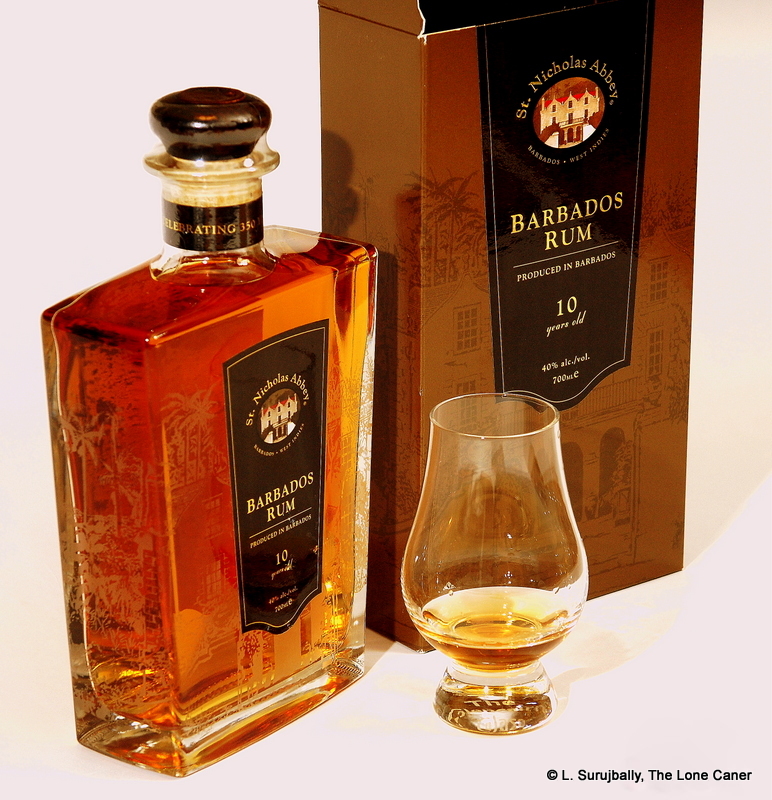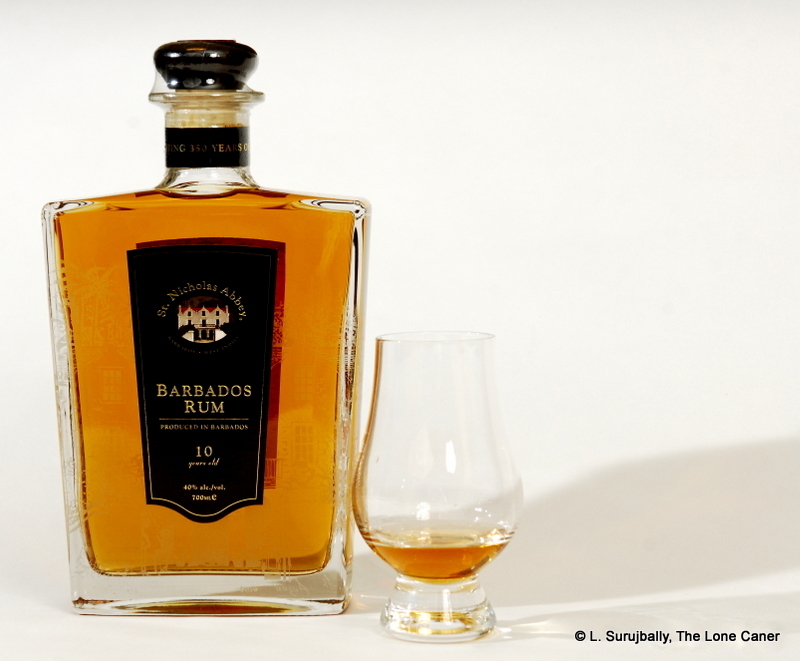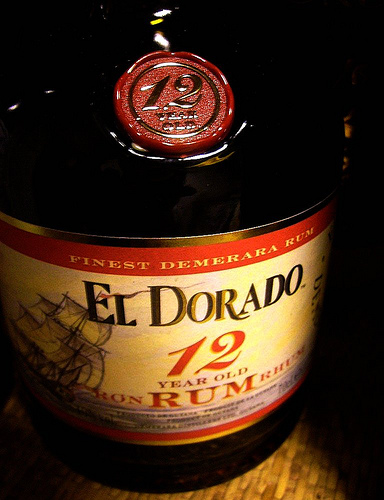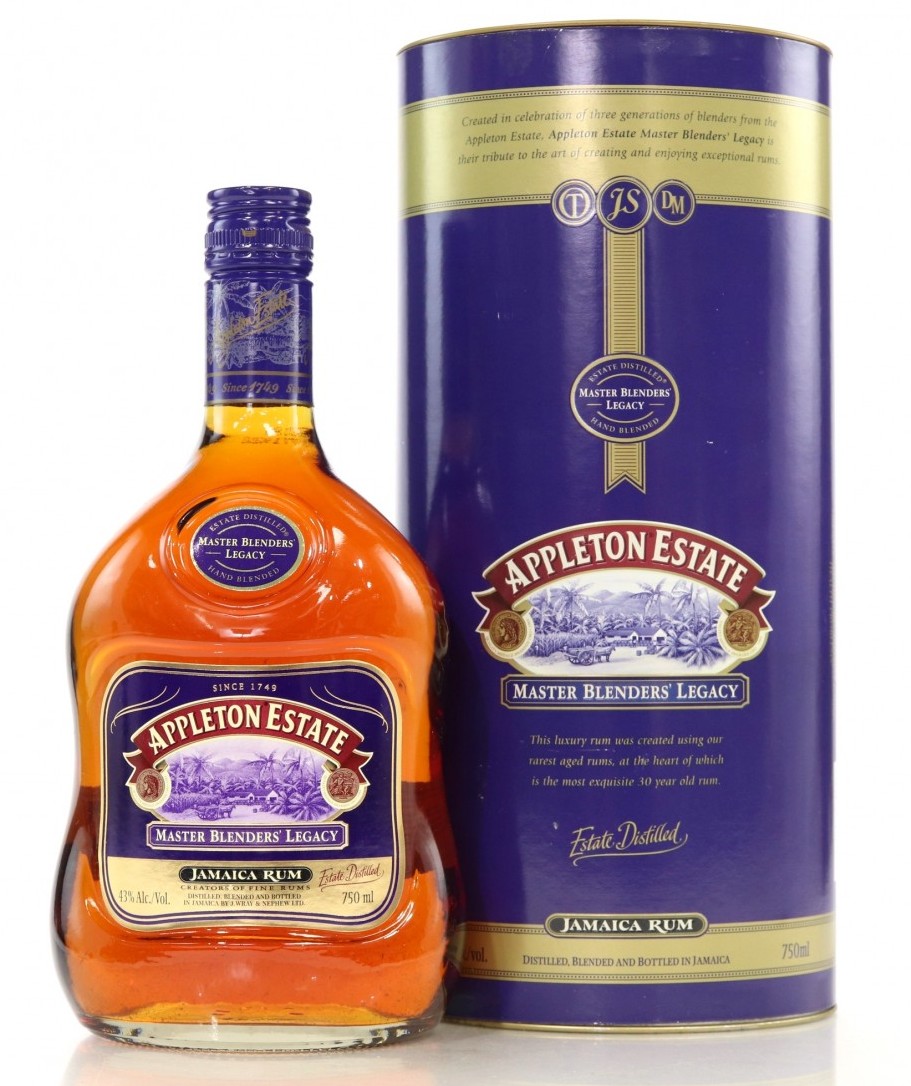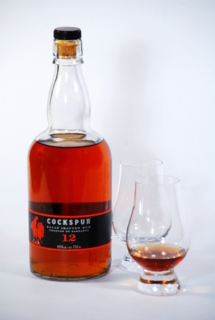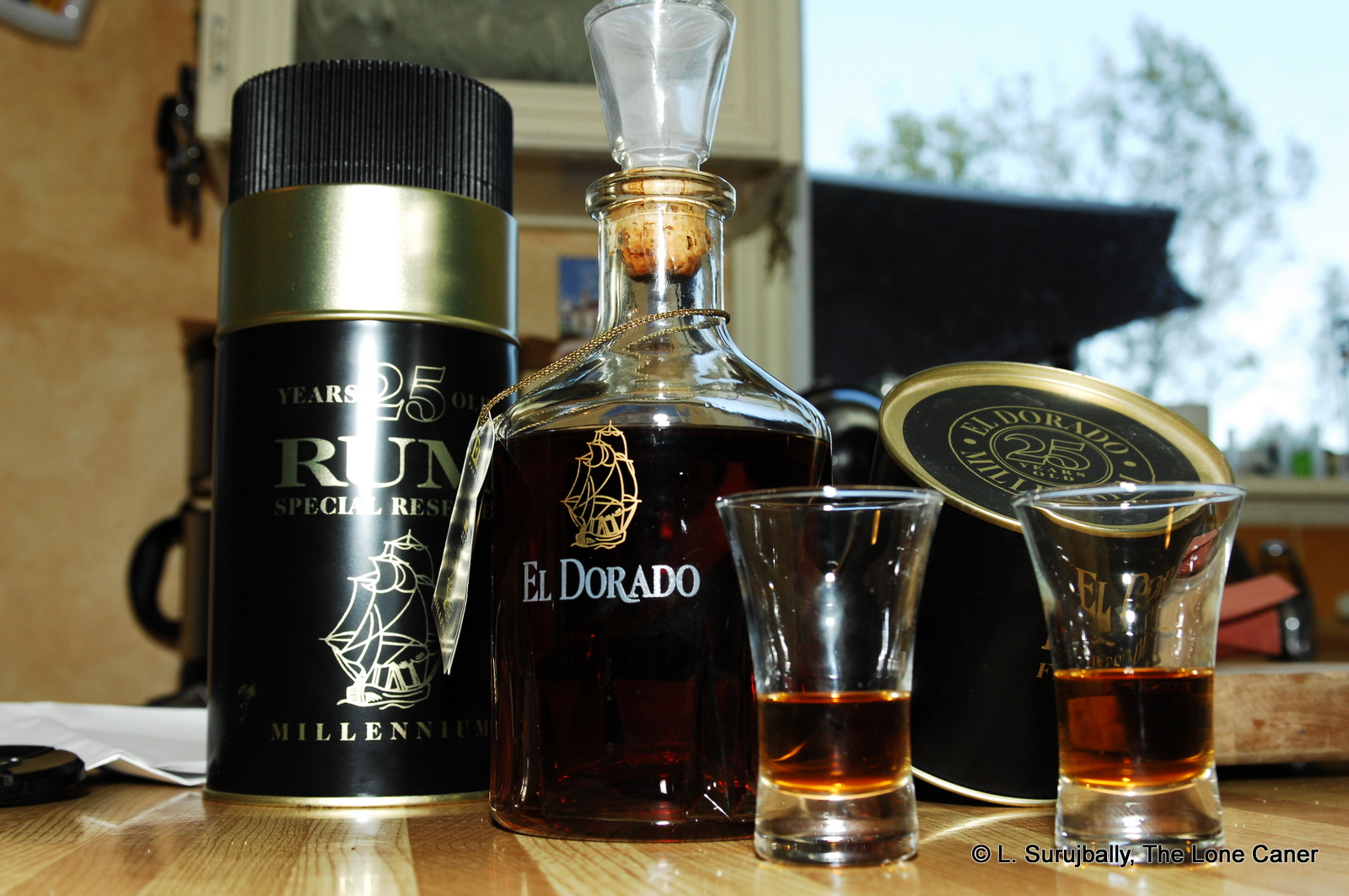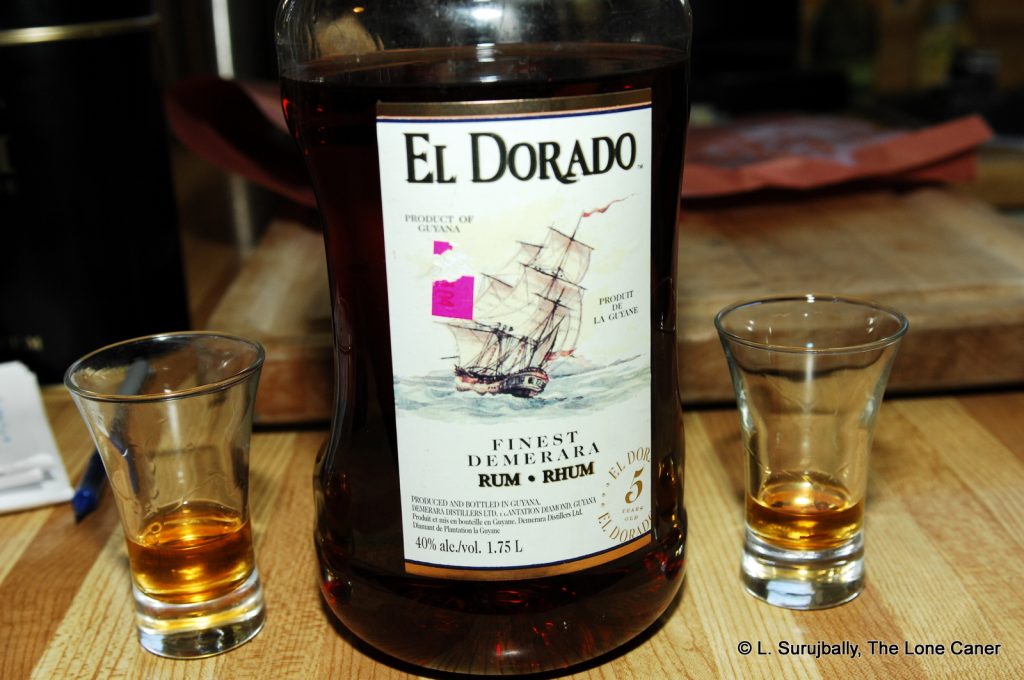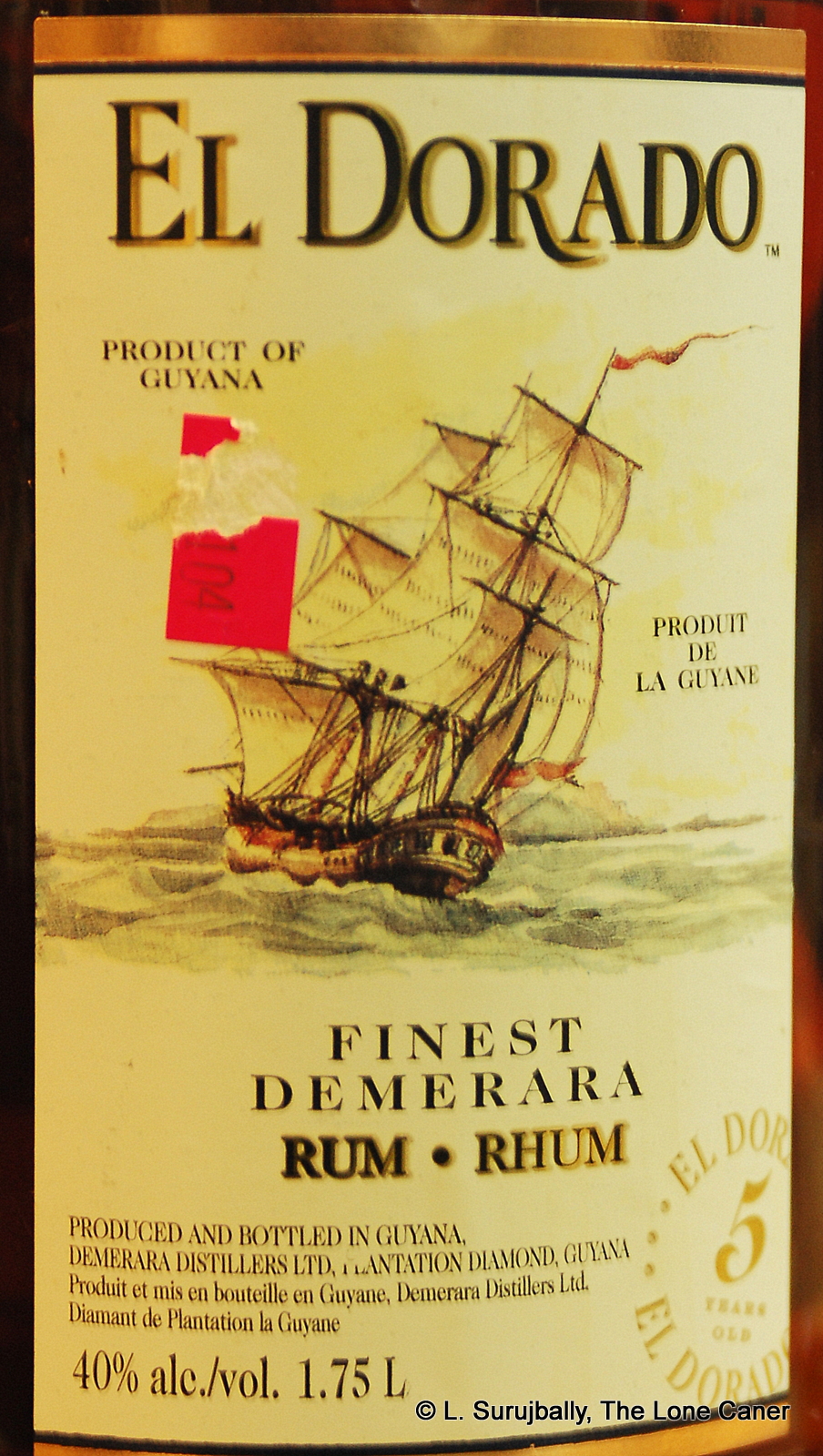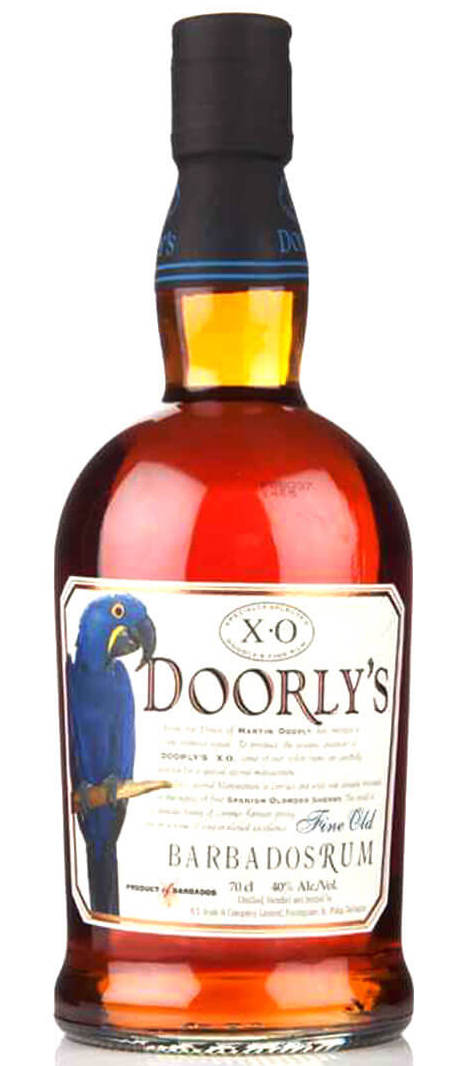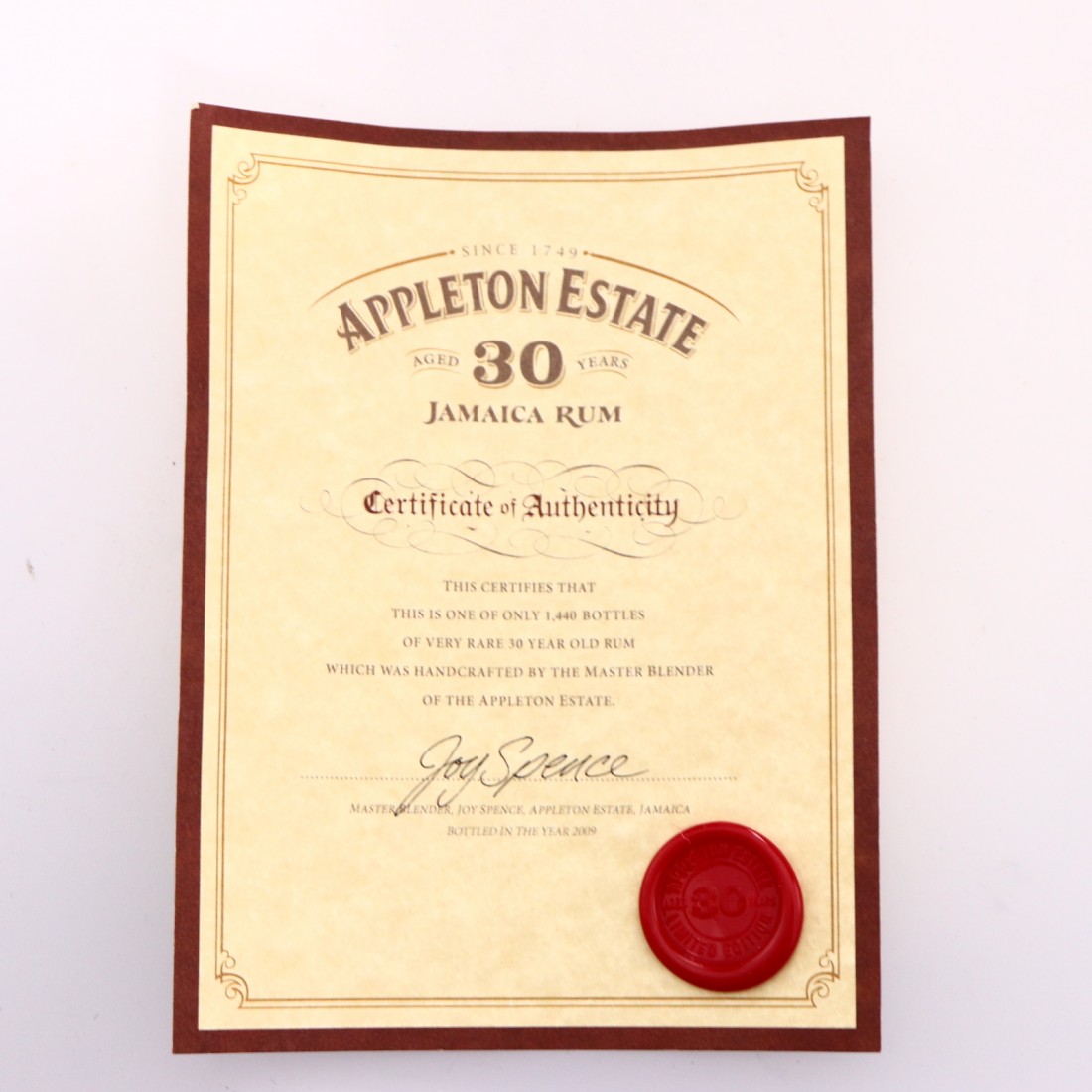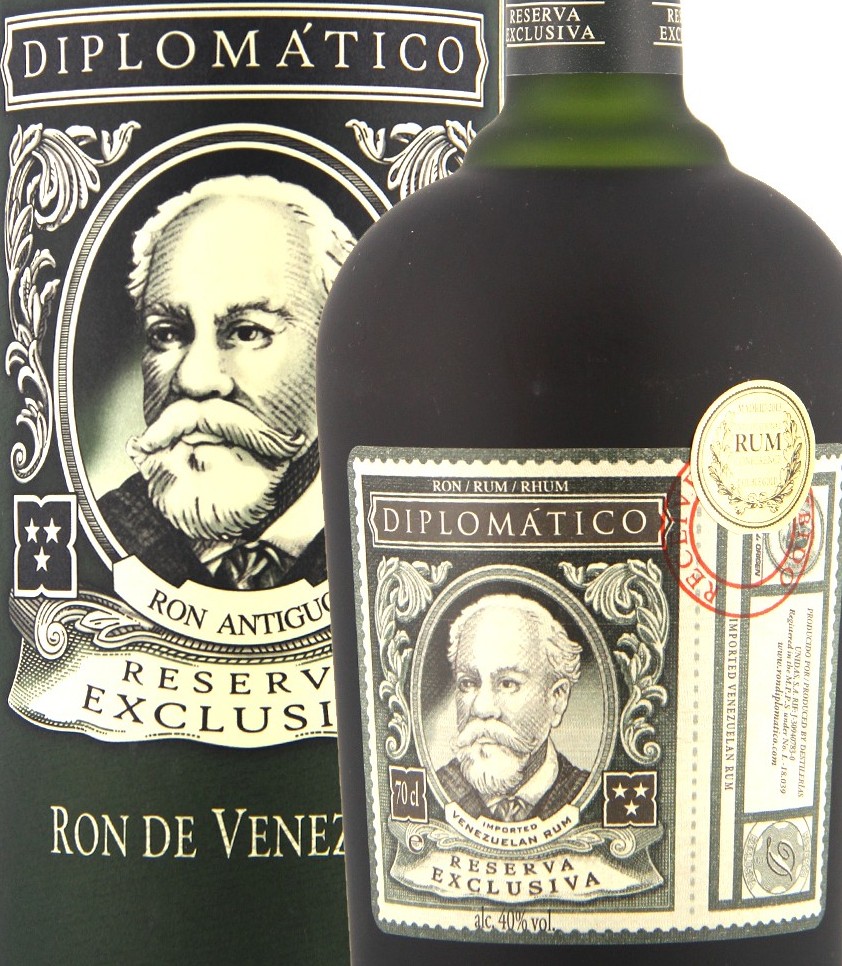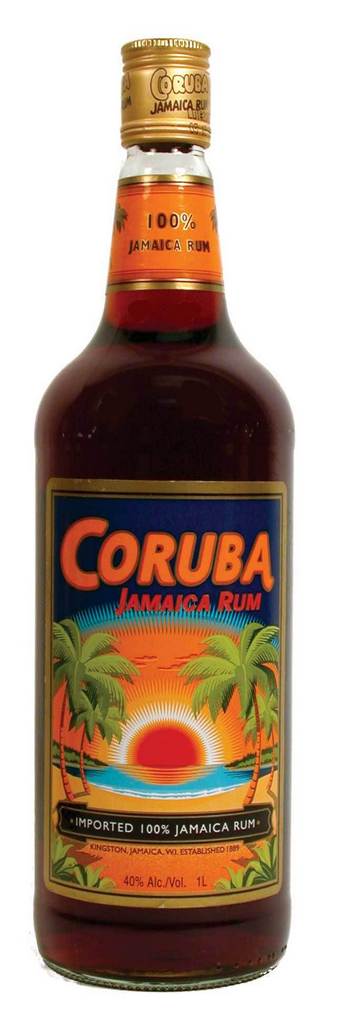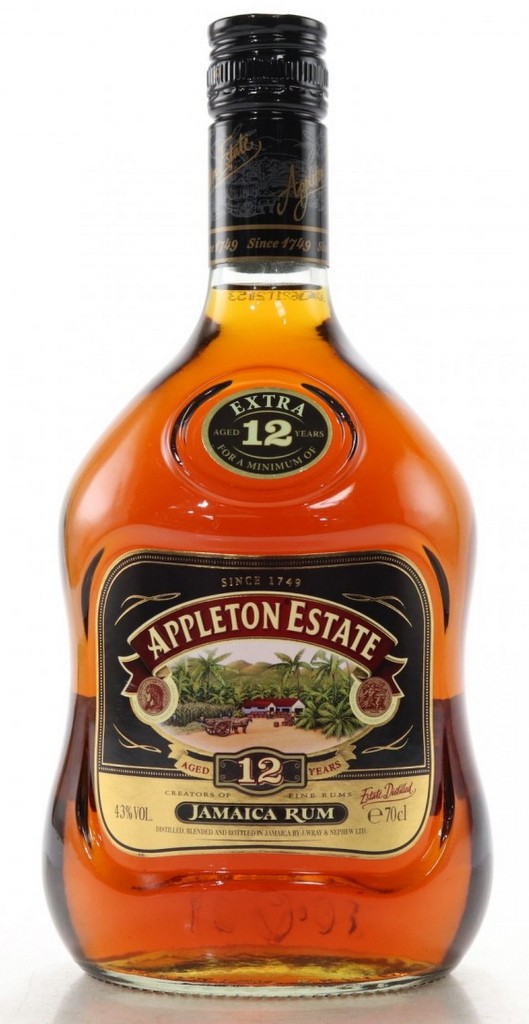First posted 5 March 2011 on Liquorature
This rum is one of the best rums of it’s kind I’ve ever had, and it will dent your wallet to show it’s no accident. Everything about it works: presentation, nose, taste, finish. Even the place it’s made has a romantic cachet and youthful exuberance that enhances the aura surrounding it. You see this, you buy it, and buy it now.
St Nicholas Abbey 10 year old is one of the unsung Jedi Knights of the Universe. It succeeds without seeming to try. It embodies a grace and style many rums aim for and fail to attain, and presents it in a bottle by which a rum twice as expensive would be proud to be embraced. For a maker just barely out of the Padawan stage, I’d hazard a definitive statement and say it’s a hell of an achievement. I liked it the first time I sampled it at a tasting held by Kensington Wine Market in Calgary, bought a bottle the same night for ~$150, and have not regretted the purchase for a moment. And given that my wife – notoriously parsimonious and gimlet eyed when it comes to my purchases of the noble spirit – thought it was a really wonderful rum, how can you go wrong?
A lot of bottles are either all good within and have lousy presentation without, or have “all outside and no inside,” but not this one. Now, the Last Hippie has noted how stingy I am when it comes to awarding points (I have similar problems with his generosity), but St Nick’s has come close to acing the presentation sweepstakes. The bottle is a tapering square flagon with a thick lip. It’s etched with a frieze of the plantation itself (The Great House, actually), and has a mahogany-tipped, leather covered cork that was simply stunning; bottle and box are both wrapped with soft tissue paper. If it wasn’t for the cheapo thin cardboard box it came in, it would have scored a perfect ten.
The name of the rum represents the name of the plantation in Barbados where the spirit is made. The land and buildings have been in existence at least since the 1630s but the Jacobean Great House on the grounds was only built in 1658, when the plantation was called Yeaman’s; subsequent descendants renamed it the Nicholas Plantation for tangled family issues which makes for interesting reading if you like generational history, but is too long to easily summarize. Various other owners came and went over the centuries; one of them was the man whom Mount Gay was eventually named after, Sir John Gay Alleyne: Sir John was instrumental in introducing rum production to Nicholas in the latter half of the 18th century, diversifying its fortunes from sugar and molasses production. However, it fell into debt and was sold off to new owners in the early 1800s, and was subsequently renamed St. Nicholas Abbey for what could be termed sentimental reasons by the Cumberbatch family, whose descendants held the property until 2006. Sugar production continued untiul 1947 when economic conditions caused a cessation of sugar and molasses production. but a new mill was brought to St. Nicholas in 1983 and sugar and rum production recommenced. However, the R. L. Seale’s Foursquare distillery is still the final bottler.
Whatever the stops and starts and hiccups of rum production on the island, they sure haven’t forgotten anything in the interim. You open the bottle and sniff and a buttery soft nose billows out to embrace your senses. No sting, no harshness, no fanged assault by a Colo Claw Fish or Sandpeople’s gaffi sticks. Just gentle caramel notes mixed with molasses, with cherry notes drifitng in and out of the dark sugary smells. Let it stand for a bit and open up, and you’re left with burnt brown sugar like it was Christmas come early. Others may find more complexity in the rum than I did, but what I discovered was quite enough for my personal enjoyment, believe me – whatever you detect on your own, you will not be disappointed.
As for the taste and body, well, umm…wow. It’s good. It could make C3P0 wish he could drink. It has hints of nutmeg, those cherries again, some well cured leather, all wrapped up inside a molasses and caramel blanket that was – unlike the DDL El Dorado 25 year old at twice the cost – just sweet enough, and dry as the humour you’d get if you mixed Monty Python with Lando Calrissian on a bender. St Nick’s gently and lovingly ravishes your throat all the way down, caresses your taste buds and coats your tongue in a way that carries flavour to every address of your taste buds. And the finish displays similar excellence of quality: it’s long; it’s lasting; it’s gentle – it’s the best kiss Leia ever gave Han, and carries with it no shade of spite or bitchiness or pain. I could sip this lovely ten year old all night long. Actually, I nearly did.
I don’t know what St Nicholas Abbey has done that makes all these pieces come together so well. They do eschew complex mechanical means of mass production and have stuck with pot-still distillation techniques – this may account for the rather high price, it being a function of rarity created by the slow and less efficient batch processing – so that may be part of it. They are right next to their source of cane juice, so maybe that has something to do with it too. Currently, the rum is produced for the plantation by R. L. Seale, initially aged at 65% abv in oak bourbon casks for 8 years, and then batched and re-barrelled in to the same casks at bottle strength and then aged for a further two years at the Abbey. Just about all rums are aged in bourbon barrels, so I sort of discount that as a factor.
But however and whatever they do, somehow the Abbey makers of this sterling ten year old have combined their accumulated knowledge and a production method of their own that surpasses expectations and have, I dunno, blessed it with the Force. And created a drink so all-round excellent, that if I was a Hutt, I’d sure as hell hire Han Solo to smuggle a few cases past the Empire.
(#069. 87/100)
